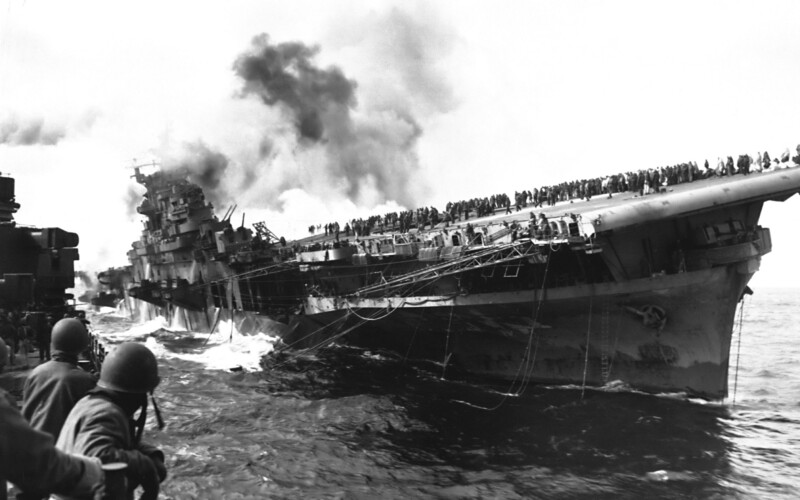We have experience hosting a range of audiences, from college classes to birthday parties to company outings, and we customize our tours to meet your group’s interests and needs.
Book a private tour today
To mark the 80th anniversary since the attack on Pearl Harbor, this virtual program will examine the connections between the fleet in Hawaii in 1941 and the Brooklyn Navy Yard. …
Read more
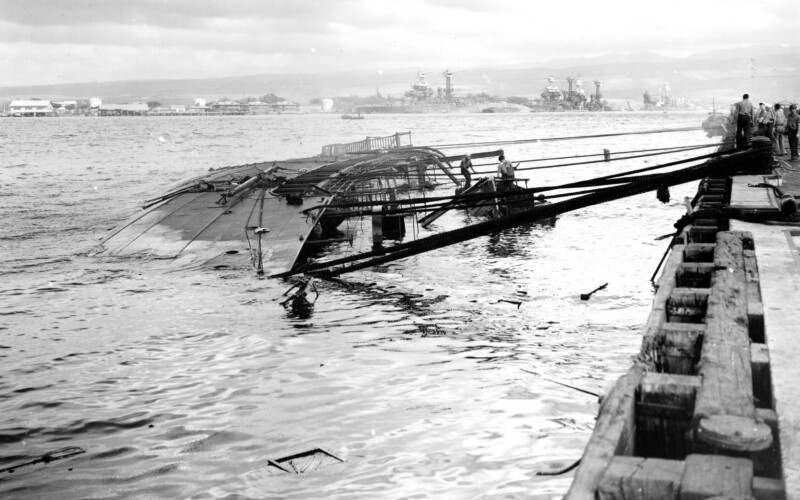
Chinese-American filmmaker Theresa Loong knew little about her father’s past. One day, she found his secret diary, written when he was a POW in a Japanese work camp during World …
Read more
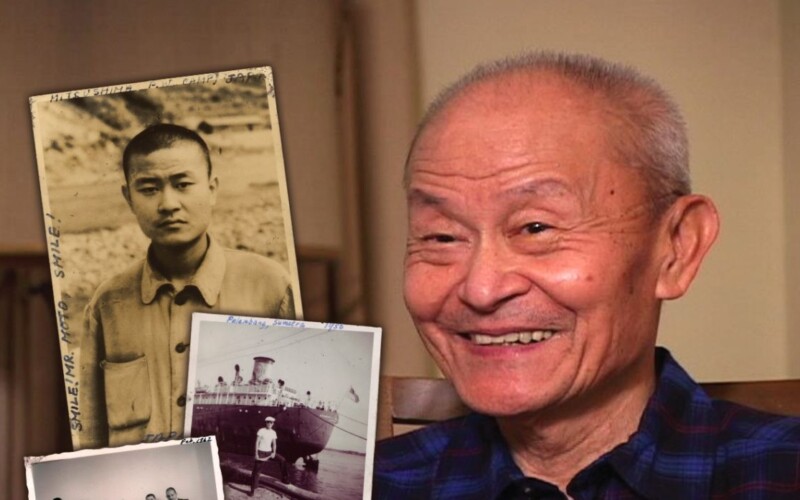
To commemorate the 75th anniversary of the end of World War II, we are looking back at the remarkable careers of the ships where the war began and ended for …
Read more
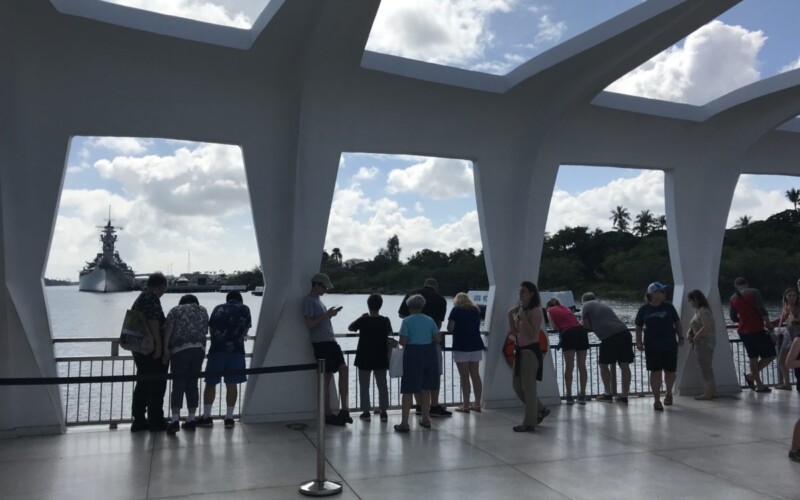
Last week we looked at Operation Magnet, the scramble in the weeks after Pearl Harbor to move American forces into the European battle zone. Just one week after that, it …
Read more
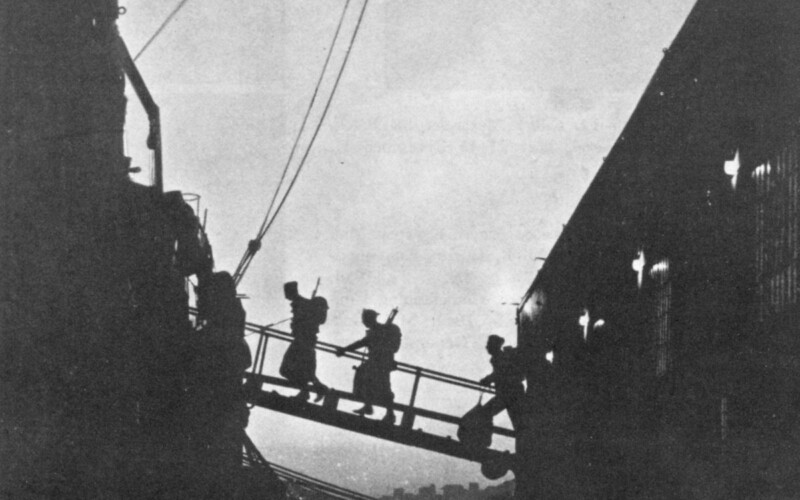
Today marks the anniversary of the launching of USS Arizona at the Brooklyn Navy Yard. We have written about the Arizona many times before, including about the impact the sinking …
Read more
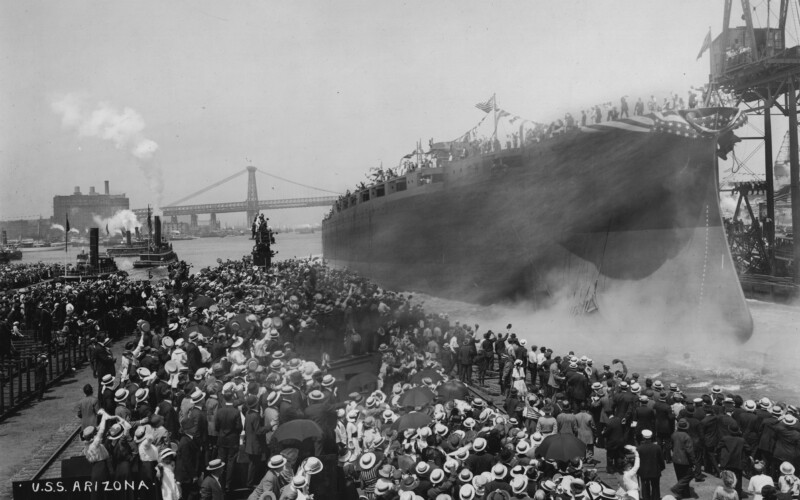
Frederick Louis Riefkohl (1889–1969) The histories of Puerto Rico and of the US military are deeply intertwined, and much of that history runs through the career of Frederick Louis Riefkohl, the …
Read more

September 2 marks the 70th anniversary of the official end of the Second World War, when Japan signed the Instrument of Surrender in Tokyo Bay in 1945. While we are marking …
Read more
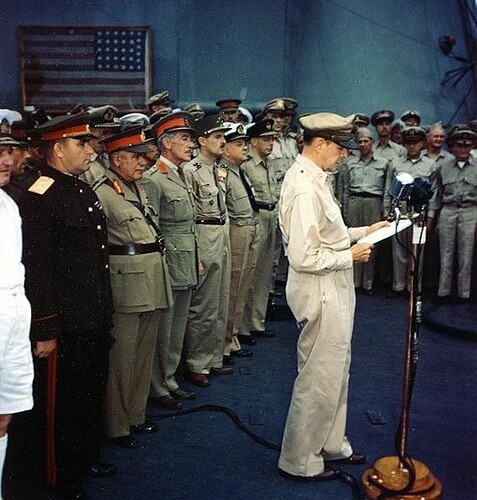
February 15 marks the anniversary of one of the most dramatic and shocking moments in the Second World War, the fall of the “Gibraltar of the East,” Singapore, in 1942. …
Read more
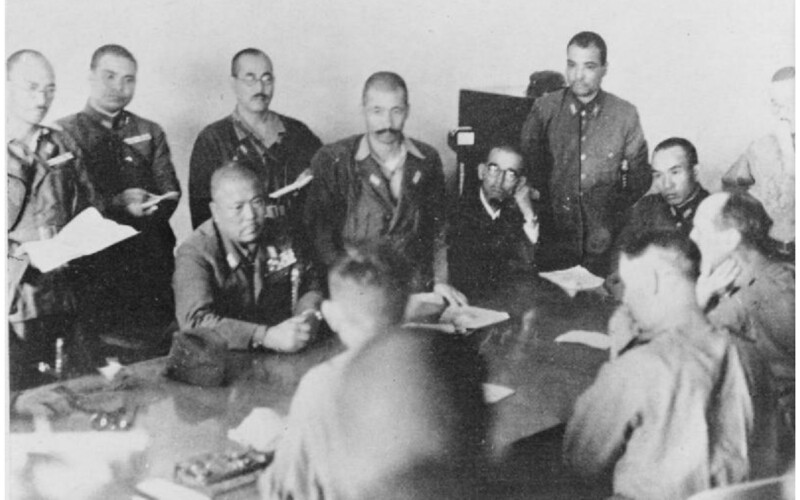
The Brooklyn Navy Yard is 5,000 miles from Pearl Harbor, and though the reverberations of the events there on December 7, 1941 were felt across the globe, they hit especially hard …
Read more
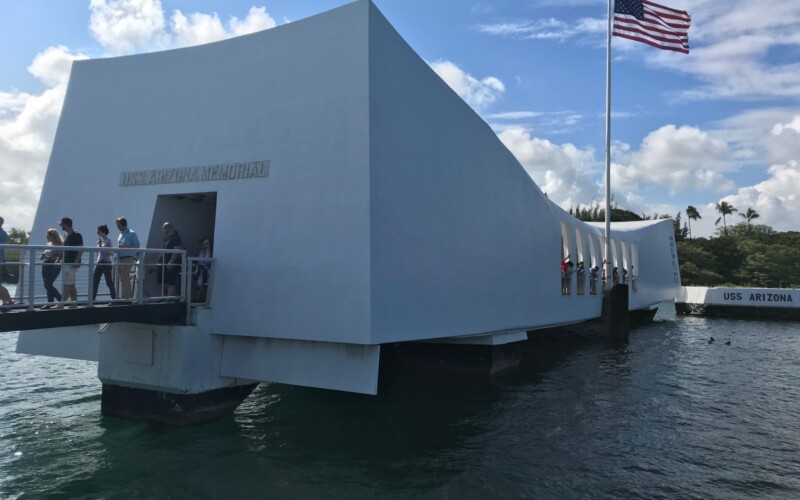
This summer marks the 70th anniversary of the tragic events of Port Chicago, California, the worst home front disaster of World War II. 320 people were killed, most of them US Navy sailors, …
Read more
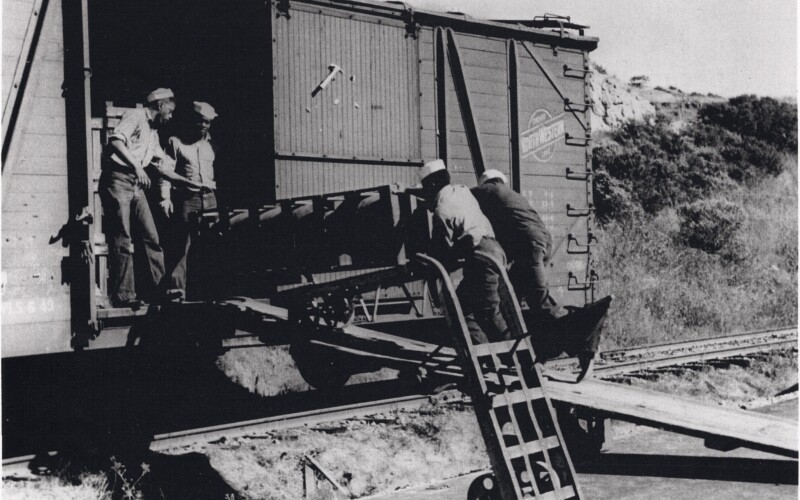
The Academy Awards are tomorrow night, and nominated is a film that has only hit American cinemas in wide release this weekend, Hayao Miyazaki’s The Wind Rises, up for Best Animated Feature. …
Read more
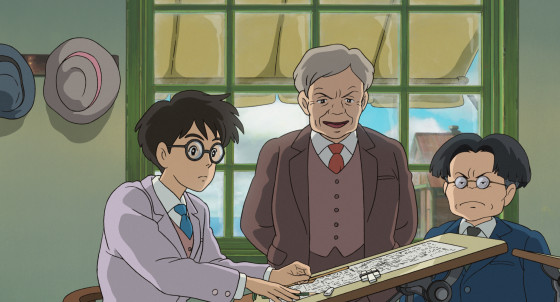
The Brooklyn Navy Yard has been a place of refuge for much of its history. During its 165-year run as a naval shipyard, it did not just send ships down …
Read more
